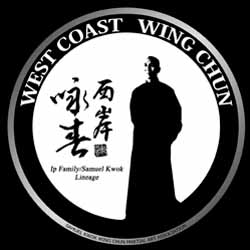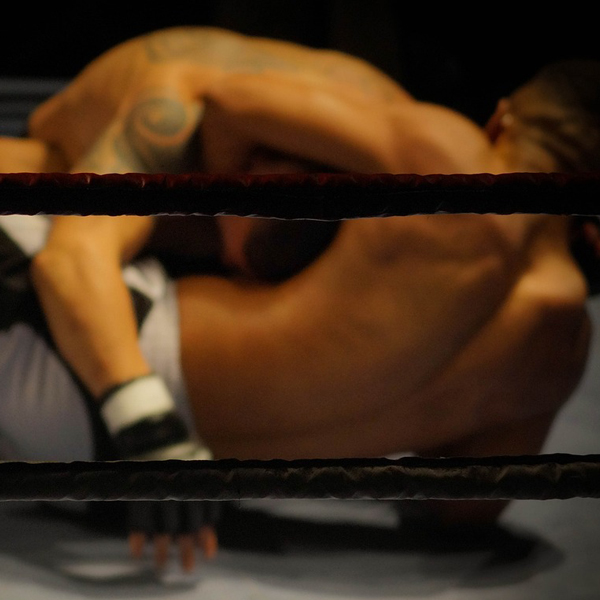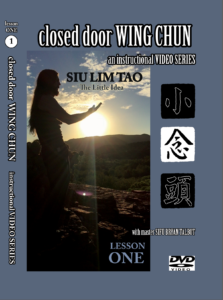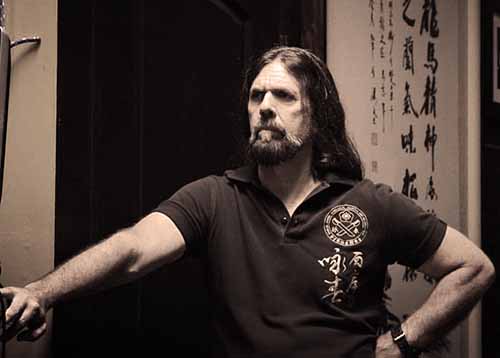A real fight is a situation in which physical violence is used to harm or intimidate another person. This can occur in a variety of settings, such as a street fight, a mugging, or a home invasion. The goal is to incapacitate the attacker as quickly as possible.
Sport fighting is a form of martial arts competition that is regulated by rules and regulations. Examples include boxing, kickboxing, and MMA. The goal of sport fighting is to score points or achieve a submission, rather than to harm or incapacitate the opponent.
10 key differences between a real fight and a sports fight:
Rules and Regulations:
Rules and regulations govern and restrain sports fights, while real fights have no rules or regulations.
Wing Chun practitioners should understand that in a real fight, there are no rules or regulations. Therefore, they should train to be prepared for any situation and be able to adapt to different scenarios.
Goal:
The goal of a sports fight is to win by scoring points or achieving a submission, while the goal of a real fight is to defend oneself and neutralize the threat.
Wing Chun is a martial art that emphasizes practical self-defense techniques. Therefore, the goal of a Wing Chun practitioner in a real fight is to defend oneself and neutralize the threat as quickly and efficiently as possible.
Protective Gear:
Fighters in sports fights wear protective gear, while there is no protective gear in a real fight.
Wing Chun practitioners should train without relying on protective gear, as there is no protective gear in a real fight. This means that they should train to strike and defend effectively without relying on padding or gloves. Chi Sau is beneficial to this end as it is develops sensitivity and reflex.
However, Wing Chun students may use of gear so they can practice with realistic power.
Techniques:
Sports fights have restrictions on the types of strikes and techniques that can be used, while there are no restrictions in a real fight.
Wing Chun techniques are designed to be practical and effective in real-world situations. Therefore, Wing Chun practitioners should train to use a wide range of devastating techniques to the most effective targets.
Environment:
Sports fights take place in a controlled environment, such as a ring or cage, while real fights can occur anywhere and at any time.
Wing Chun practitioners should train to be prepared for fights that can occur anywhere, whether it be in a crowded street or a confined space. Further, they should understand the vulnerabilities of certain environments over others.
Multiple Opponents:
In a real fight, there may be multiple opponents, while sports fights are typically one-on-one.
Wing Chun practitioners should train to defend themselves against multiple attackers, as real fights can involve more than one opponent.
Weapons:
In a real fight, weapons may be used, while weapons are not allowed in sports fights.
Wing Chun includes training in weapons, such as the butterfly swords and long pole. A practitioner can use these weapons or adapt everyday objects to use in real-world self-defense situations.
The use of guns is a real threat. Wing Chun practitioners should train to be aware of the limitations of hand to hand combat skills against firearms. In situations where an attacker is armed with a gun, the best course of action may be to flee or comply with the opponent’s demands. It is important to understand when to use hand-to-hand skills and when to avoid confrontation.
Time Limits:
Sports fights have time limits, while there is no time limit in a real fight.
Wing Chun practitioners should train to defend themselves for as long as necessary, as there is no time limit in a real fight.
Referees:
Sports fights have referees to ensure that the rules are followed, while there is no referee in a real fight.
Wing Chun practitioners should train to defend themselves without relying on a referee and the use of rules or regulations.
Mindset:
The mindset of a sports fighter is to win the match, while the mindset of someone in a real fight is to survive and protect oneself.
Wing Chun practitioners should train with a mindset focused of survival, rather than winning a match.
It is important to note that while sports fights can provide valuable training and practice for martial arts practitioners, they are not a substitute for real-world self-defense situations. In a real fight, the rules and regulations of sports fights do not apply, and the goal is to neutralize the threat as quickly and efficiently as possible.
In conclusion, understanding the differences between real fights and sports fights is important for martial arts practitioners. While sports fights can provide valuable training and practice, it is important to remember that real fights require a different set of skills and strategies.




